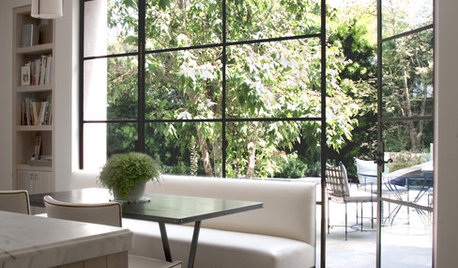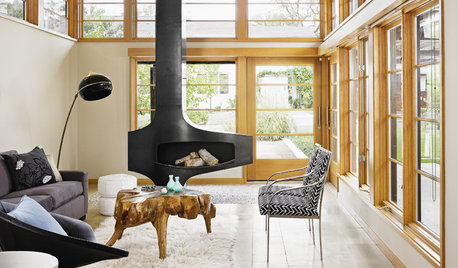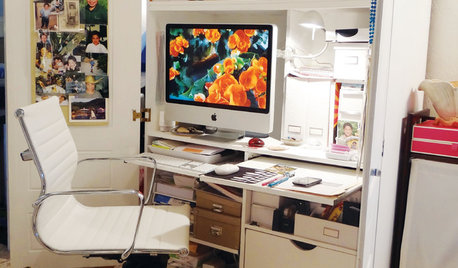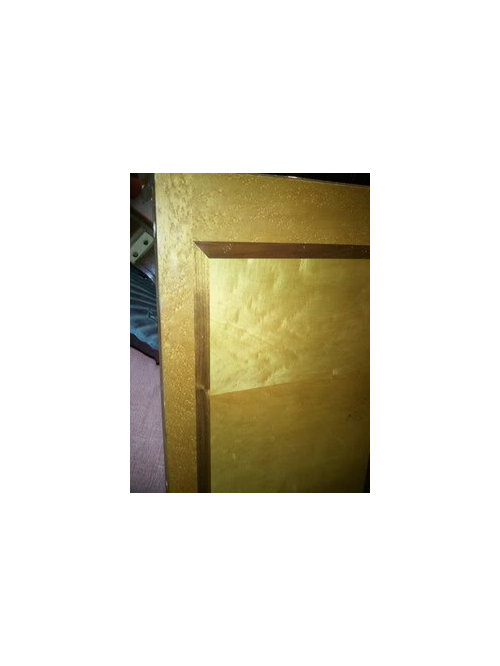nitro cellulose lacquer?
celticmoon
12 years ago
Related Stories

HOUSEKEEPINGThe Best Way to Get Your Windows Spotlessly Clean
Learn the pros’ tips and tricks for cleaning windows and getting them streak-free
Full Story
FIREPLACES8 Fantastic Freestanding Fireplaces to Warm Any Room
Free up your room's design and lighten the load on your budget with a freestanding fireplace in a style to suit your taste
Full Story
MORE ROOMS28 Great Real-Life Home Offices
Houzz Readers Prove You Can Turn Any Room Into Inspiration Central
Full StorySponsored
Columbus Area's Luxury Design Build Firm | 17x Best of Houzz Winner!
More Discussions











celticmoonOriginal Author
RRM1
Related Professionals
Hopkinsville Cabinets & Cabinetry · Tooele Cabinets & Cabinetry · Holliston Carpenters · Lisle Carpenters · River Forest Carpenters · Chicago Flooring Contractors · Fairview Park Flooring Contractors · Madison Flooring Contractors · Mashpee Flooring Contractors · Miami Flooring Contractors · San Rafael Flooring Contractors · Sycamore Flooring Contractors · Wheat Ridge Flooring Contractors · Indianapolis Furniture & Accessories · Chaska Furniture & Accessoriessombreuil_mongrel
celticmoonOriginal Author
brickeyee
bobismyuncle
celticmoonOriginal Author
RRM1
celticmoonOriginal Author
RRM1
brickeyee
bobismyuncle
celticmoonOriginal Author
celticmoonOriginal Author
werefinish.com
RRM1
brickeyee
celticmoonOriginal Author
RRM1
celticmoonOriginal Author
RRM1
celticmoonOriginal Author
RRM1